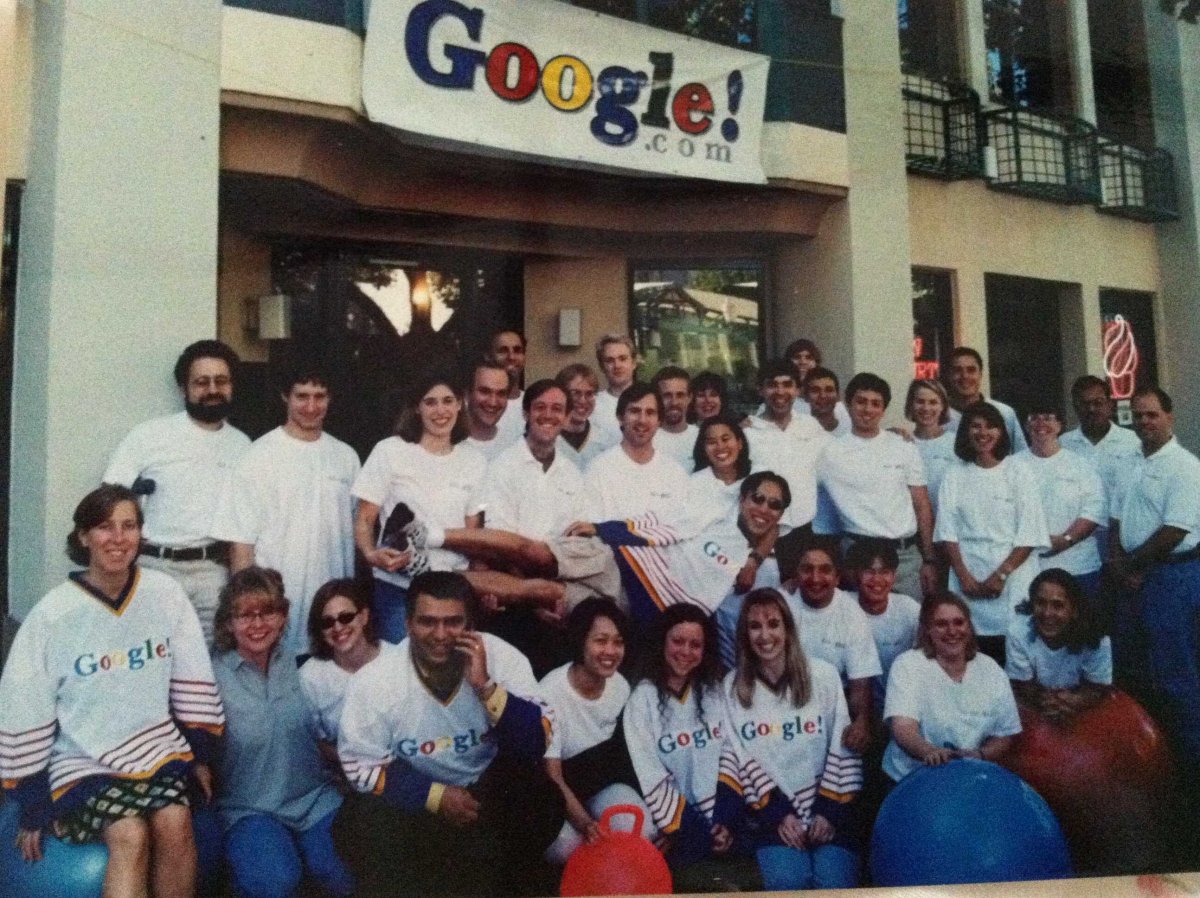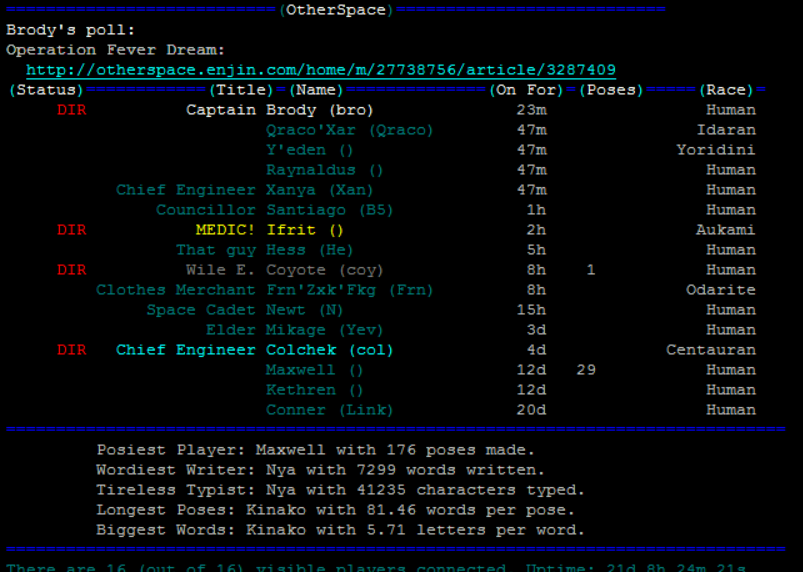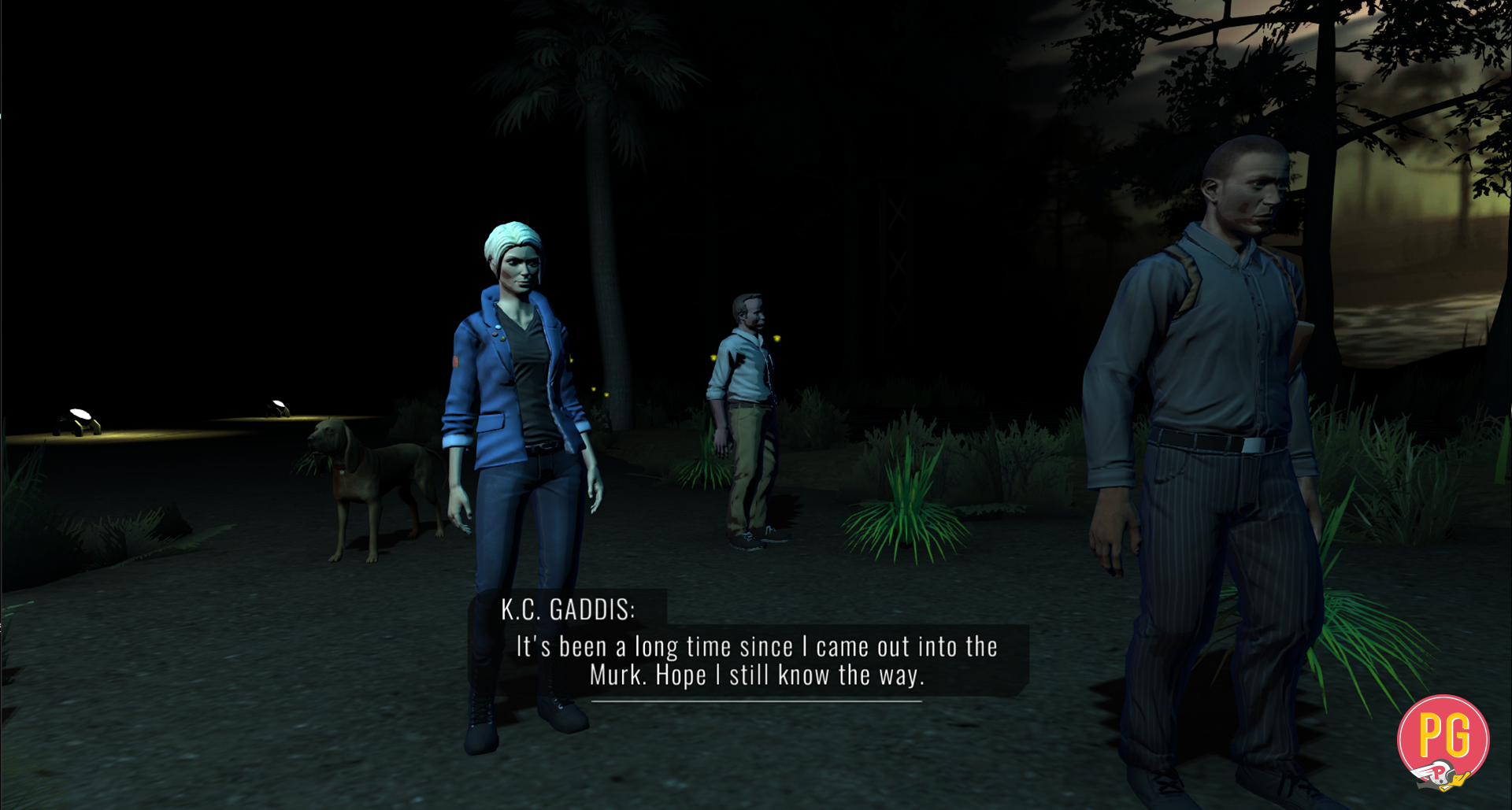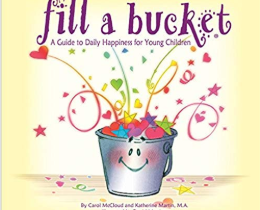This column appeared in The Herald-Sun in June 2014:
A baccarat crystal knob seems an unlikely nemesis.
But that changes when your hands are fused into permanent fists.
Megan Barron realized too late – about the time the stall door clicked shut – that she couldn’t manipulate the knob. She was in a fancy restaurant in Washington, D.C., with her father and brother. Her smartphone? Still at the table.
“Sometimes, you just have to crawl yourself under a stall door,” she said during an interview on Wednesday. “No harm, no foul.”
Barron has lived all her 23 years with a condition called dystrophic epidermolysis bullosa. It’s inherited – not contagious – and prevents her body from producing a protein that’s needed to provide connecting tissue for skin and organs.
Younger patients afflicted with the condition are known as “butterfly children” because their skin is delicate and fragile.
But it seems to have toughened Barron over time.
“The condition brought out certain personality traits,” she said. “An inherent strength I wouldn’t have developed otherwise. And creativity, always having ways to solve problems, and not just with the disease and the physical impairments, but also learning how to take things in stride and picking your battles about what’s worth getting worked up over and what’s not.”
She was born in Pittsburgh, Pennsylvania, but moved to Florida when she was 9.
Middle school was difficult, she recalls. “Middle schoolers are just vicious in general,” she said. “Add an identifiable, visible difference into the mix and it’s so much worse. But I did have good friends who shielded me from a lot of it.”
Barron was second in her class when she graduated from Coral Springs High School. She moved to Durham to attend Duke University, where she helped found the Duke Disabilities Alliance. Barron graduated from Duke last year. She’s thinking about graduate school while her newly adopted cat, Mina, adjusts to life in the apartment.
She doesn’t drive, but works from her Durham apartment as a social media coordinator for the National Organization of Rare Diseases. She loves to binge watch Netflix foodie shows and enjoys coaching friends through cooking adventures in the kitchen, letting them be her surrogate hands.
Barron blogs. She got sidelined by illness for several months, though, so The Matter with Megan blog on WordPress (thematterwithmegan.wordpress.com) languished a while. She’s back at it now, writing recently: “We aren’t talking a little sick. It was bad, and threw me for more than I could shake. You would think that someone living with a rare genetic disorder causing more complications than a runaway marriage would be used to dealing with honest-to-god medical maladies. But I wasn’t. I spent months weak, tired and confused as to what was happening to my body, why it was happening to me and how I was ever going to put back together my interrupted life.”
She’d like to do more advocacy work and speak to others about EB and other rare conditions in search of viable treatments and cures.
“I want to tell these stories, not despairing or full of sorrow, although I do have bad days. Everybody does,” she said. “I’ve had bumps in the road, but my witty, acerbic sense of humor has been really helpful as a coping mechanism.”
As a child, she made lots of plans for a future when she was cured. That proved premature. But scientists continue to work on promising therapies.
She doesn’t hang a lot of wild optimism on the chances of a medicine that can halt or reverse EB, but Barron carries with her what she calls “realistic hopefulness.”
“I have hopes, dreams, everything I want out of my life, just like everyone else,” she said. “I just have a lot more hurdles to jump than the average person.”
Wes Platt can be reached at wplatt@heraldsun.com or 919-419-6684. Follow on Twitter at @HS_WesPlatt. Connect on Facebook at facebook.com/wesplattheraldsun.





